(5. 03. 1870 – 12. 07.1953)
founder of Electric Welding Institute
Scientist in the field of welding and bridge engineering, Professor, Dr.of Techn.Sci., academician of Academy of Sciences of Ukr.SSR (1929). Born in Nice in the family of the Russian diplomat. Graduated from Dresden Polytechnical Institute (1894) and Petersburg Institute of Railway Roads ( 1896). He was a teacher at Moscow Engineering College of Railway Roads ( 1989-1904) and Kiev Polytechnical Institute (1904-1938). In 1929 he organized a welding laboratory and Electric Welding Committee, on the base of which the Electric Welding Institute of the Academy of Sciences of UkrSSR was founded in Kiev in 1934. He headed this Institute to the end of his life. During 1945-1952 he was a Vice-President of the Academy of Sciences of the UkrSSR. He created the methods of design of rational bridge spans, investigated the conditions of their operation, suggested methods of restoration of damaged bridges. He carried out research works in the field of calculation and strength of welded structures, mechanization of welding processes, fundamentals of welding, supervised the development of the method of automatic submerged arc welding. During the II World War the equipment and technology of the automatic welding of special steels, tanks, bombs, etc. were implemented in defense industry under his supervision. In post-war years he headed the works in the country on the creation of fundamentals of welding, wide implementation of welding in industry; creation and implementation of assembly-welding production lines.
He supervised the designing of welded bridges. He founded a domestic school of metal welding. He was awarded high governmental and scientific awards and prizes.
- Paton E.O. Iron bridges: in 4 volumes.- Moscow; Kiev, 1902-1907.
- Paton E.O. Restoration of damaged bridges.- Kiev, 1918. – 135 p.
- Paton E.O. High-speed submerged arc welding. – 2nd edition.- M; L.: Mashgiz, 1941.- 112 p.
- Paton E.O. Selected papers : In 3 volumes.-Kiev: Publ.House of AS UkrSSR, 1959-1961.
- Paton E.O. Reminiscences: literature notes of Yu. Buryakovsky.- Kiev.- Goslitizdat of UkrSSR, 1955.-324 p.
 English
English Ukrainian
Ukrainian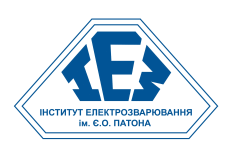
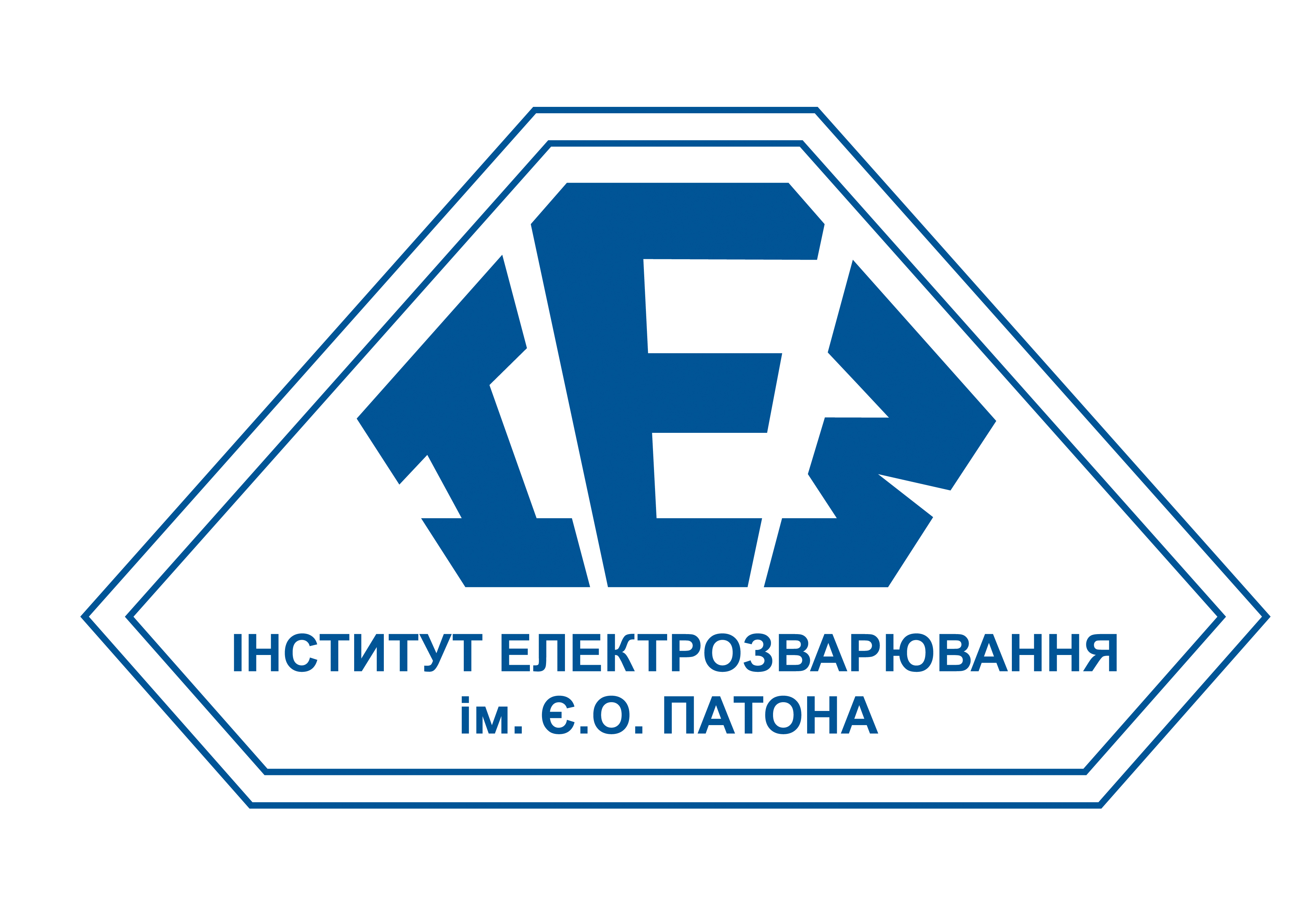
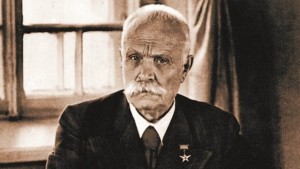 Paton school emerged and formed at the turn of the 1920s–1930s under direct supervision of outstanding scientist and engineer Evgen Paton – a wellknown theoretical and practical expert on bridge construction. The engineer’s feel and experience enabled him to understand that further development of bridges and other metal structures is impossible if based on riveting only. Welding should become an alternative to riveting. However, welding was used at that time without due scientific and technological verification, which sometimes led to failure of critical structures.
Paton school emerged and formed at the turn of the 1920s–1930s under direct supervision of outstanding scientist and engineer Evgen Paton – a wellknown theoretical and practical expert on bridge construction. The engineer’s feel and experience enabled him to understand that further development of bridges and other metal structures is impossible if based on riveting only. Welding should become an alternative to riveting. However, welding was used at that time without due scientific and technological verification, which sometimes led to failure of critical structures.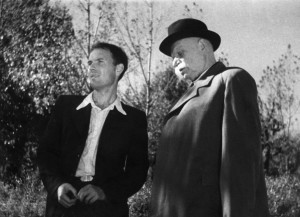 And in 1934 the academic Electric Welding Institute (EWI) was founded within the All Ukrainian Academy of Sciences. The Institute had acquired a status of a unified organization composed of research and experimental production units, a design bureau and several workshops. That was the first time in the world a specialized center for scientific and engineering work in the field of welding which, unlike classical academic institutions, was not limited to conducting purely fundamental research, but from the very beginning was focused on a comprehensive solution of societal challenges of the national economy – from an indepth theoretical search to introduction of scientific and technical results in production.
And in 1934 the academic Electric Welding Institute (EWI) was founded within the All Ukrainian Academy of Sciences. The Institute had acquired a status of a unified organization composed of research and experimental production units, a design bureau and several workshops. That was the first time in the world a specialized center for scientific and engineering work in the field of welding which, unlike classical academic institutions, was not limited to conducting purely fundamental research, but from the very beginning was focused on a comprehensive solution of societal challenges of the national economy – from an indepth theoretical search to introduction of scientific and technical results in production.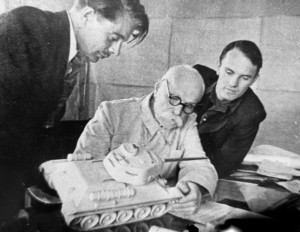 A convincing evidence of the correct institutional policy and farsightedness of the institutional management was successful application at the beginning the war of 1941–1945, of the «Paton» method of automatic submergedarc welding of the armor of T34 tank – a tank, which was generally recognized as the best medium tank of WWII. The postwar triumph of Evgen Paton’s creative plans was construction of an allwelded bridge across the Dnieper River in Kyiv. Opened in 1953, it is still in operation and bears the name of its designer. Evgen Paton died in 1953, and Academician Borys Paton, his son and pupil, faithful follower of the best traditions of his father, became the head of the Institute.
A convincing evidence of the correct institutional policy and farsightedness of the institutional management was successful application at the beginning the war of 1941–1945, of the «Paton» method of automatic submergedarc welding of the armor of T34 tank – a tank, which was generally recognized as the best medium tank of WWII. The postwar triumph of Evgen Paton’s creative plans was construction of an allwelded bridge across the Dnieper River in Kyiv. Opened in 1953, it is still in operation and bears the name of its designer. Evgen Paton died in 1953, and Academician Borys Paton, his son and pupil, faithful follower of the best traditions of his father, became the head of the Institute. 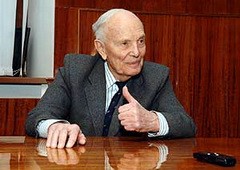 An outstanding talent of a scientist, engineer and organizer of scientific and technical activities, great energy and efficiency, a strong character and ability to bring the matter to a successful conclusion, fundamental and comprehensive knowledge, ability to foresee promising trends and ways of development of science and technology, have made Borys Paton an acknowledged by the world leader in the field of science. It was demonstrated in 1962, when Borys Paton was elected the President of the National Academy of Sciences of Ukraine, and later – the President of the International Association of Academies of Sciences and member of many foreign academies and scientific societies.
An outstanding talent of a scientist, engineer and organizer of scientific and technical activities, great energy and efficiency, a strong character and ability to bring the matter to a successful conclusion, fundamental and comprehensive knowledge, ability to foresee promising trends and ways of development of science and technology, have made Borys Paton an acknowledged by the world leader in the field of science. It was demonstrated in 1962, when Borys Paton was elected the President of the National Academy of Sciences of Ukraine, and later – the President of the International Association of Academies of Sciences and member of many foreign academies and scientific societies.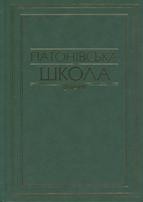 It is very important that initiation and promotion of formation of new «growth points» is constant phenomenon in the heart of the Paton School. In the course of time, new directions of research emerged and have been further developed; groups of highly qualified scientists and engineers were composed and progressed into affiliated enterprises. At the same time, all of them remain Patonovites and retain the main «generic» attributes, confirming that the Paton School is a living organism that continues to develop actively.
It is very important that initiation and promotion of formation of new «growth points» is constant phenomenon in the heart of the Paton School. In the course of time, new directions of research emerged and have been further developed; groups of highly qualified scientists and engineers were composed and progressed into affiliated enterprises. At the same time, all of them remain Patonovites and retain the main «generic» attributes, confirming that the Paton School is a living organism that continues to develop actively.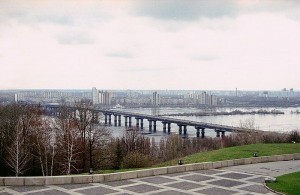 The found solutions are constantly improved, and fundamentally new organizational forms of the combination of science and production are used with the purpose of intensification of introduction of scientific and technical achievements, both in Ukraine and in the world scientific and technical space.
The found solutions are constantly improved, and fundamentally new organizational forms of the combination of science and production are used with the purpose of intensification of introduction of scientific and technical achievements, both in Ukraine and in the world scientific and technical space.